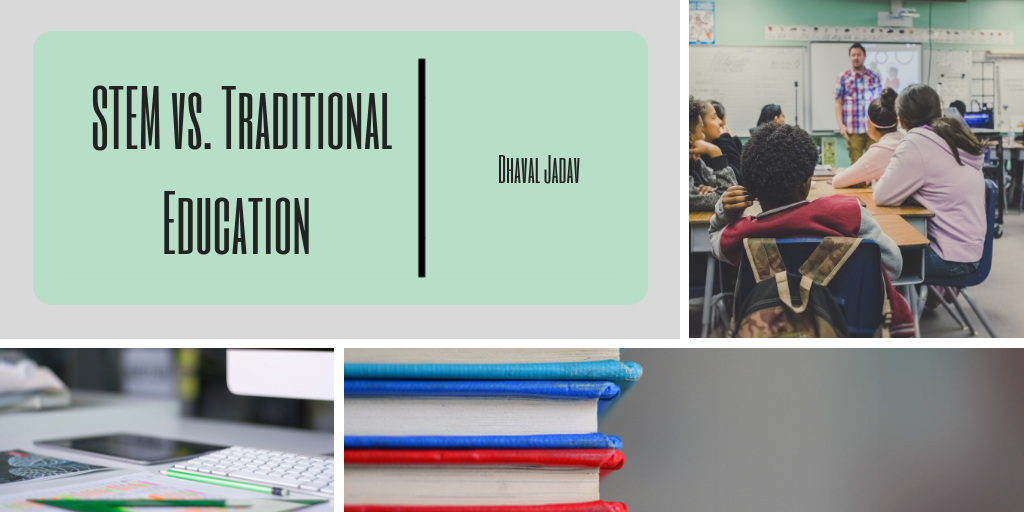Over the years, education has drastically evolved due to the adoption of new technologies in the classroom and significant changes in curriculum. Going to school no longer involves traditional classrooms with books and a chalkboard. Classrooms today are upgraded with interactive smartboards, and oftentimes technology initiatives that provide students with an electronic such as a laptop or tablet (i.e., iPads, Chromebooks, etc.). However, tech is not the only thing that has gone through an evolution in education. Curricula across the education sector have also experienced major changes over time, from traditional to Common Core, and in most recent years, STEM (Science, Technology, Engineering and Mathematics). So, how is STEM different from a traditional education curriculum?
Traditionally, education was about learning by way of knowledge and memorization, or in other words, relying more on the information you retain rather than the information you apply. For example, quizzes and tests used to be based on memorization. Studying consisted of trying to retain the information you would be tested on. In a STEM setting, knowledge retention is important; however, the way students apply that knowledge is just as important. STEM focuses not only on teaching a student about a subject, but also showing the student how the subject applies to real life, and how they will be able to utilize it in the future. For example, a traditional math course may teach a student an equation, but the student may not know how to apply that equation to real-life situations. A STEM program would teach a student a math equation, and how it could be used in different fields such as science or engineering.
STEM education is known for sparking an interest in subjects such as science, technology, math and engineering, because it gets students more involved in doing, rather than just learning. Traditional education covers a general spectrum of subjects without focusing directly on, or diving deeper into, a select few. A traditional lecture is also much different than a course in a STEM program. Going back to the concept of learning vs. doing, a traditional curriculum lecture involves an instructor speaking about a topic in the classroom, students taking notes and then applying the learned knowledge to a test or exam. For certain individuals, traditional classroom structures and lectures can be monotonous, causing students to lose focus quickly. A STEM program gets students involved in activities that can be directly applied to the subject at hand, ultimately peaking student interest, and limiting redundancy.
Additionally, traditional education tends to be more structured, with set rules on how subjects should be taught. STEM breaks that mold and limits repetitive lessons. “Traditional education is focused on replicating the correct hypothesis, while one of the most important pillars of STEM module is to build creativity,” according to a recent Times of India article. “STEM is focused on stimulating the brain and giving it a free reign to create, rather than simply replicate what is already known to the world.”

